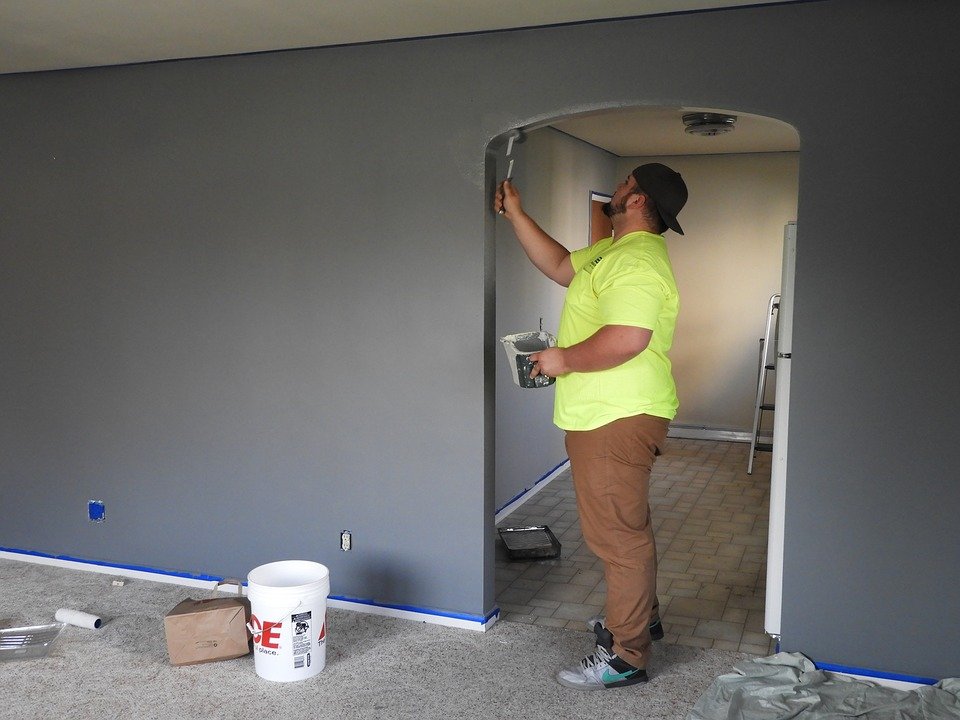The best way to save money on your home renovation is to avoid those unnecessary mistakes that many homeowners make. Exterior house painting can help your home look new again, but how do you know what those mistakes are? Unless you’re a contractor, it’s probably best to leave most major home renovations to the professionals.
Let’s face it: The cost of materials and labor can get expensive quickly. But that doesn’t mean you have to break the bank in order to make your house look new again.
Here are some ways to save money on your house renovations.
1. Hire a Licensed Contractor
It may seem tempting to save money by handling part or all of a renovation yourself, but hiring best renovation companies in Australia will always pay off in the long run. Not only will they ensure that your project meets all local building codes and zoning regulations, but they’ll also save you time and worry by dealing with any complications as they arise.
2. Buy wholesale
If you’re planning a major renovation — or even just painting a room — consider buying materials wholesale instead of through a home improvement store. You can find great deals online and pick up your supplies directly from the suppliers.
3. Get creative with storage space
If you have kids, you know how quickly they grow out of their clothes and toys, which means they tend to get thrown into closets and storage spaces in a hurry. Consider installing shelves in these areas so that everything has its own place instead of piling up under your bed or in the garage. It’ll give you more space in rooms where it matters most and save you money on future upgrades down the road.
4. Don’t get in over your head
It’s essential that you know what you’re getting into before any major renovations begin. This means being aware of what the project will entail, as well as knowing whether or not you have the skills to complete it yourself. If you’re thinking about a DIY remodel, be sure to consider the “can I afford it?” factor — and don’t forget to include the cost of supplies, tools and labor involved.
5. Plan your project carefully
Whether you’re looking at a major renovation or minor improvements, spend some time planning your project before you start it. Consider exactly what you want to accomplish with your renovation and how much space you have to work with.
Knowing how much space is available will help keep things like new appliances within budget. For example, if you choose an oversize refrigerator for a small kitchen, not only will it stick out, but it won’t be as energy efficient as one that fits in the space.
6. Shop around
Shop around for big-ticket items such as appliances and carpeting when planning your home renovations. Check online stores and discount retailers, and don’t forget to bargain shop at local home improvement stores, too. Shopping around is important because prices vary widely from store to store — even for the same item — so compare costs and look for sales before making a purchase.
7. Save and reuse materials
If you’re removing fixtures, cabinets or even carpeting, consider saving them for use somewhere else in your house. If you have to gut an entire room, ask yourself if you can use that old material elsewhere before purchasing new materials. In some cases, you will be able to not only save money but also retain that classic look that matches the rest of your house perfectly.
8. Don’t Over-Renovate
You can build a $500,000 house in some parts of the country, and it won’t be that great. In other parts of the country, $500,000 barely buys you a decent room.
Before you start your remodeling project, consider the value of your house and the neighborhood it’s in. You don’t want to over-improve for the area. The easiest way to determine the possible resale value is to look at what other homes in your neighborhood of similar size have sold for.

